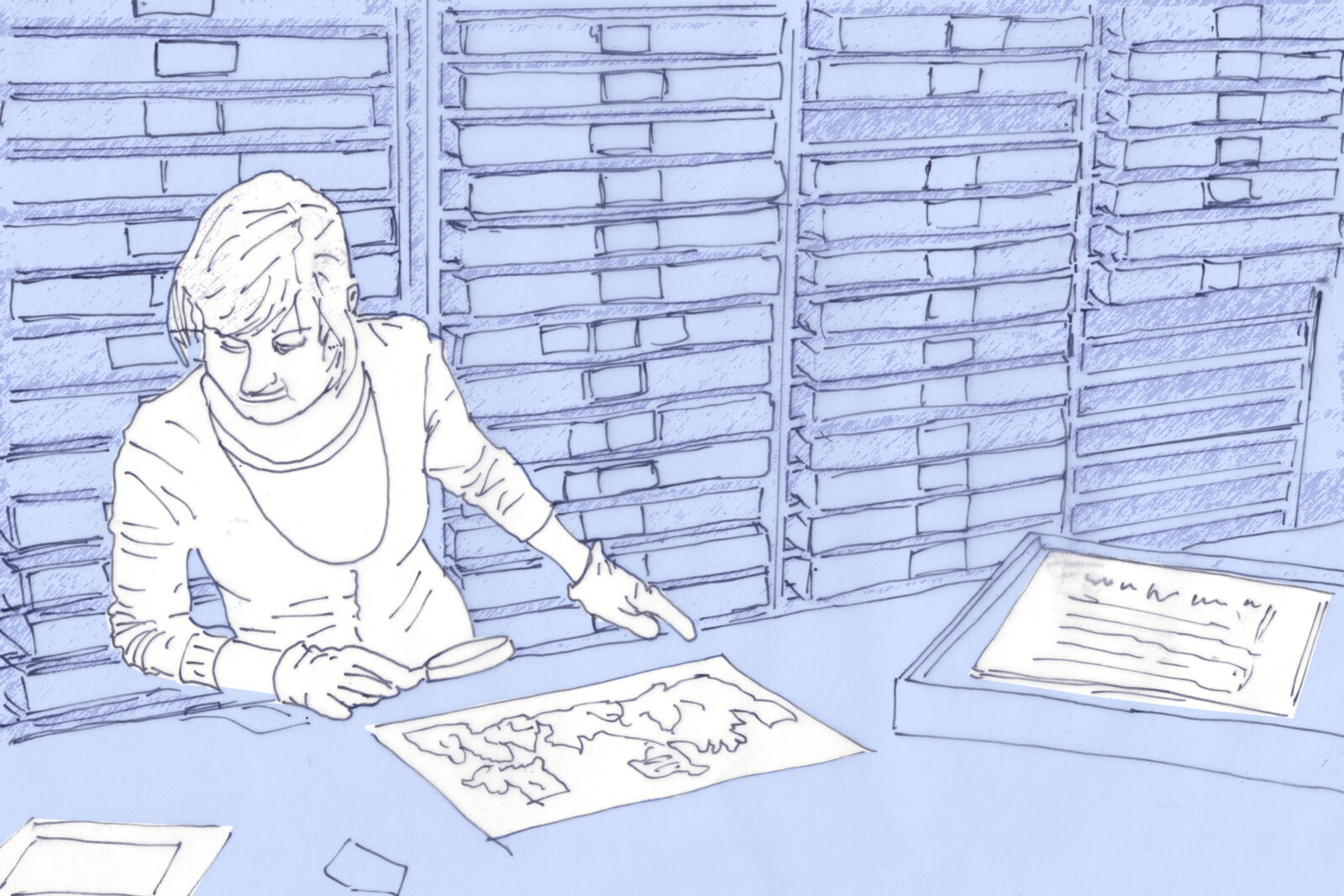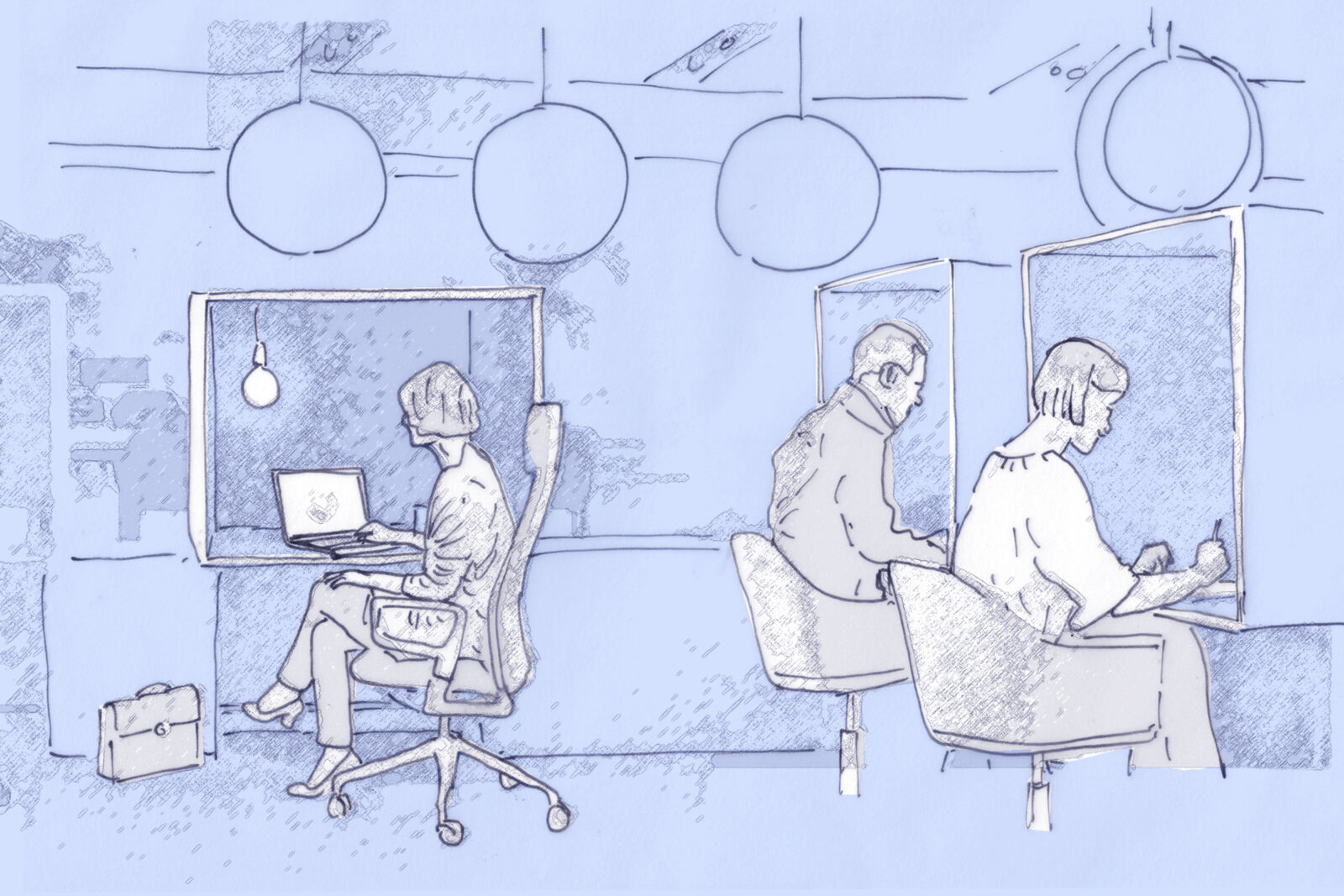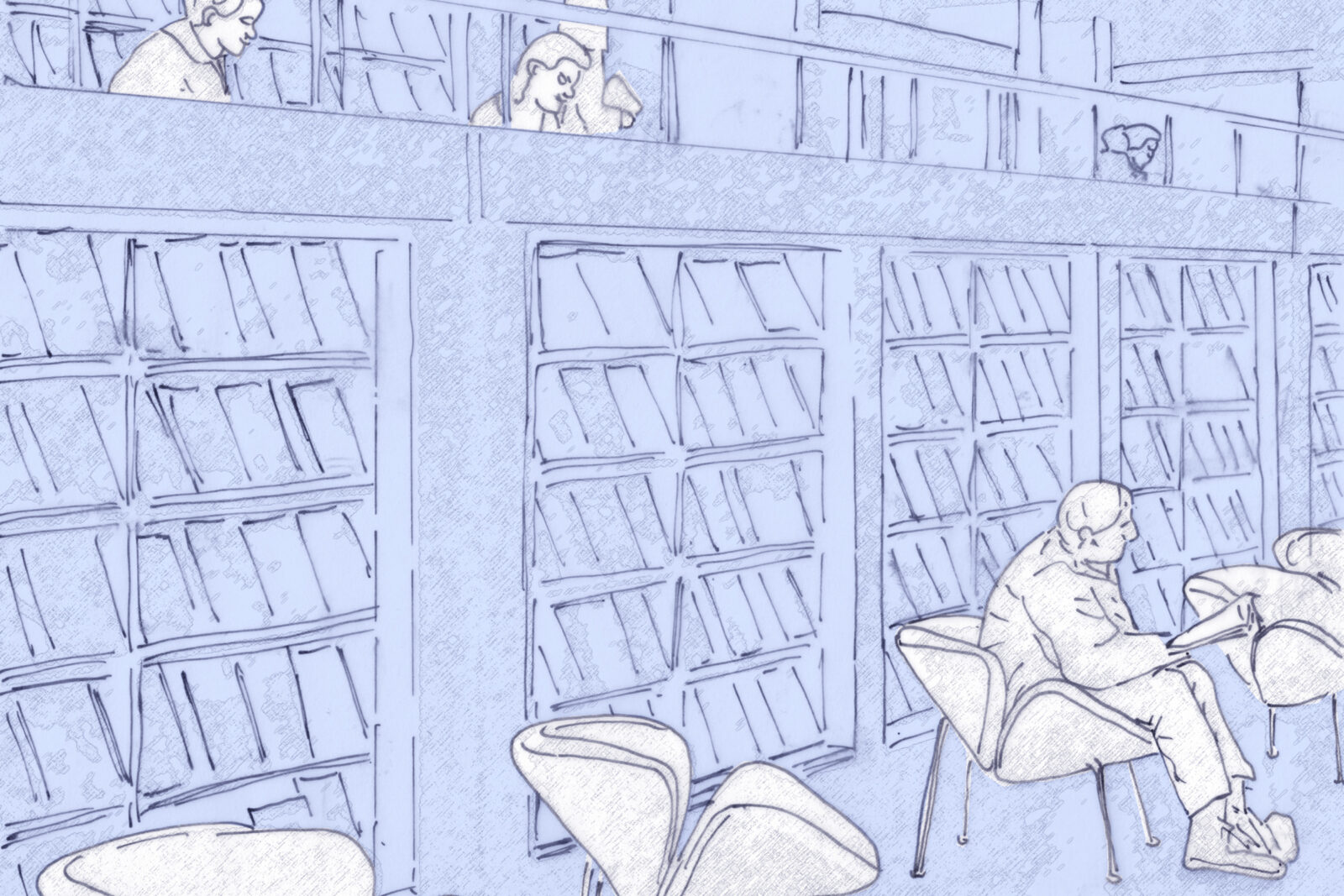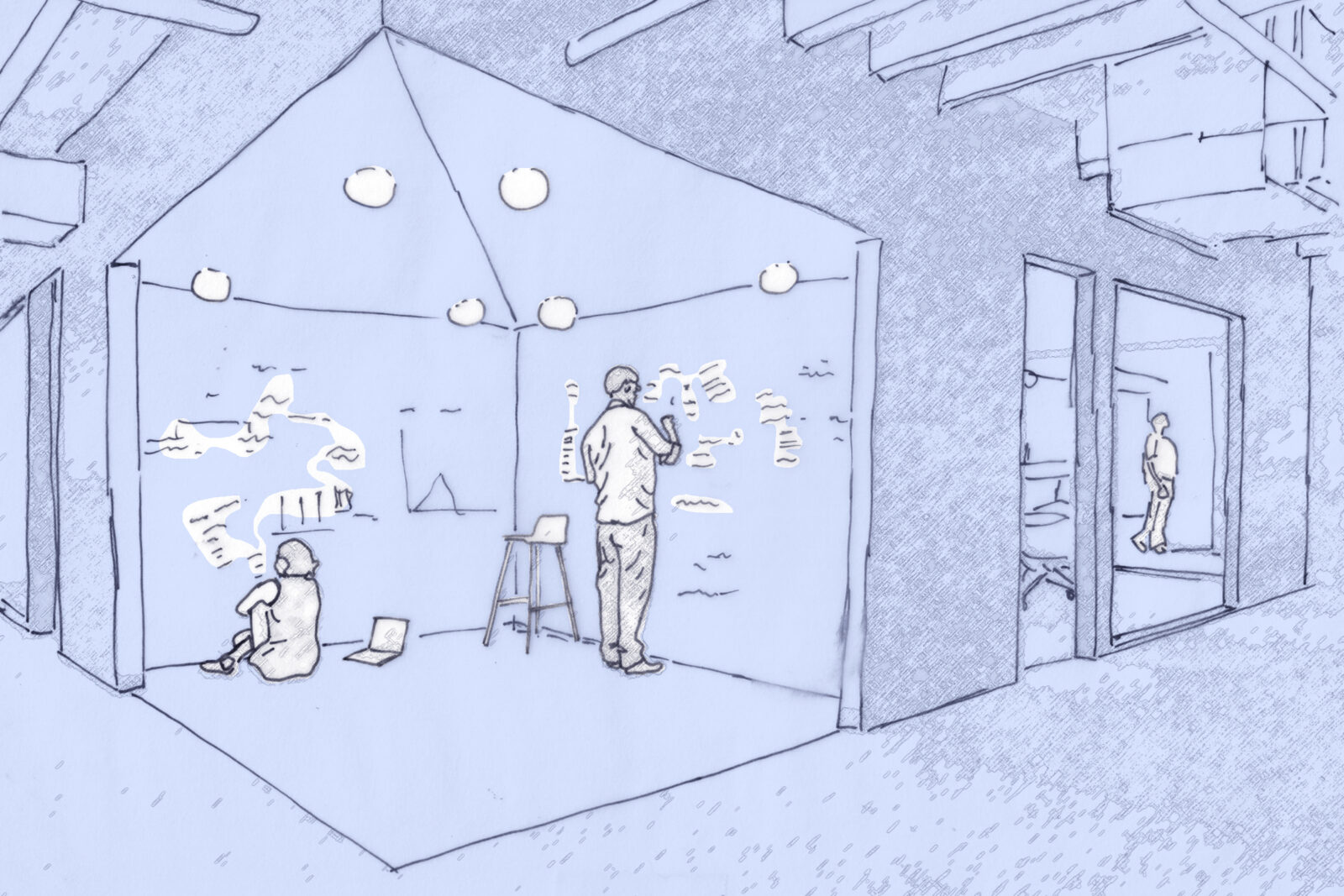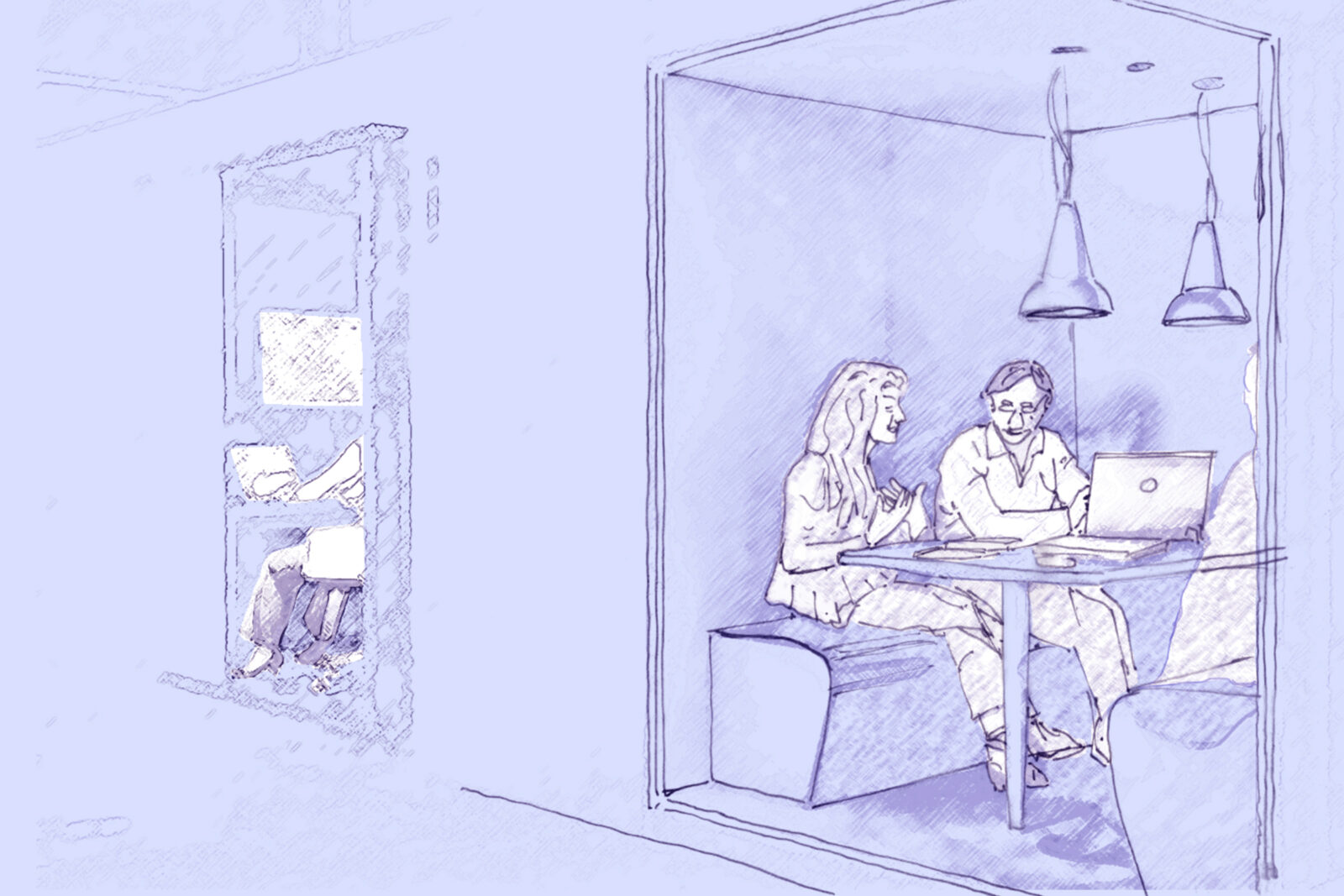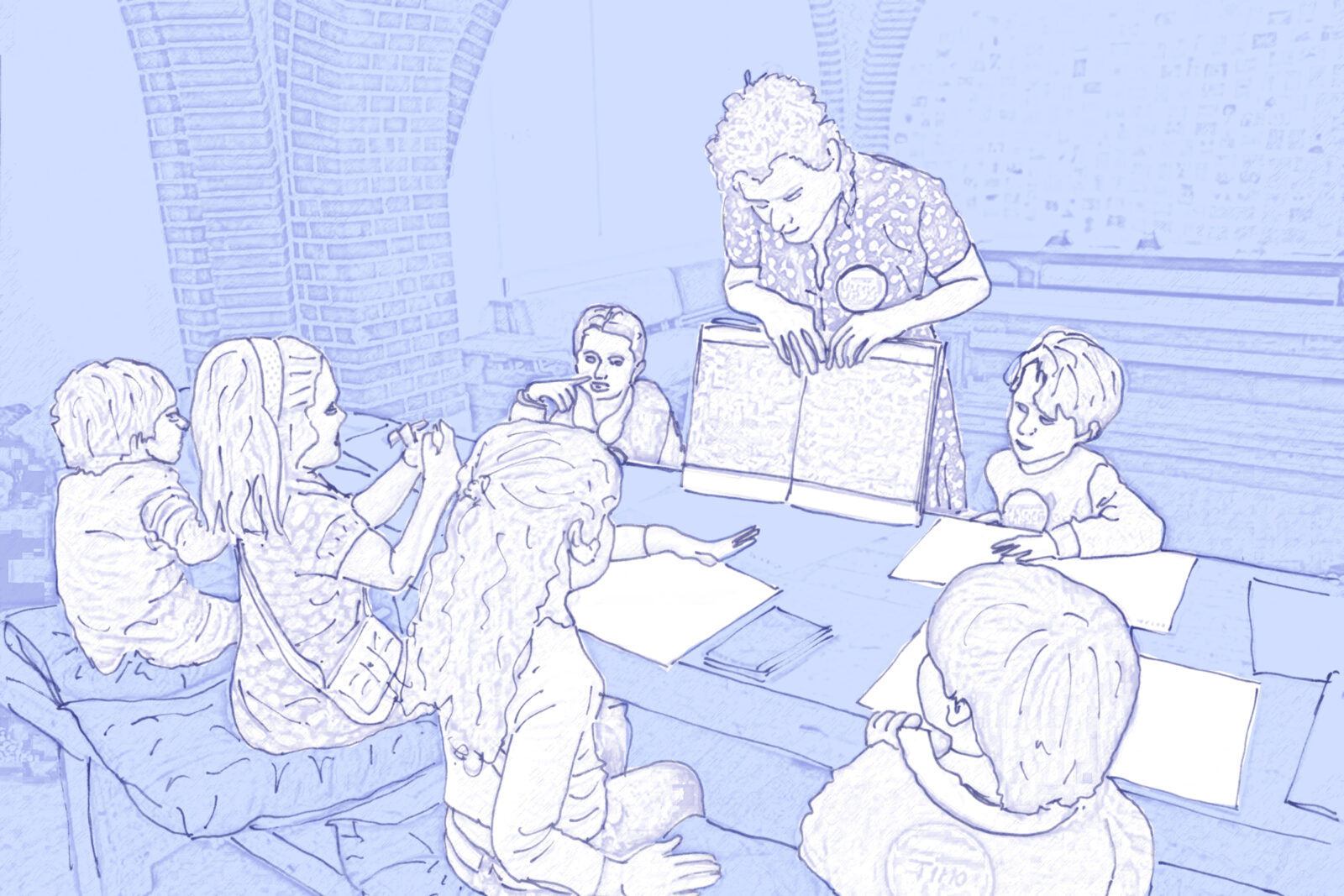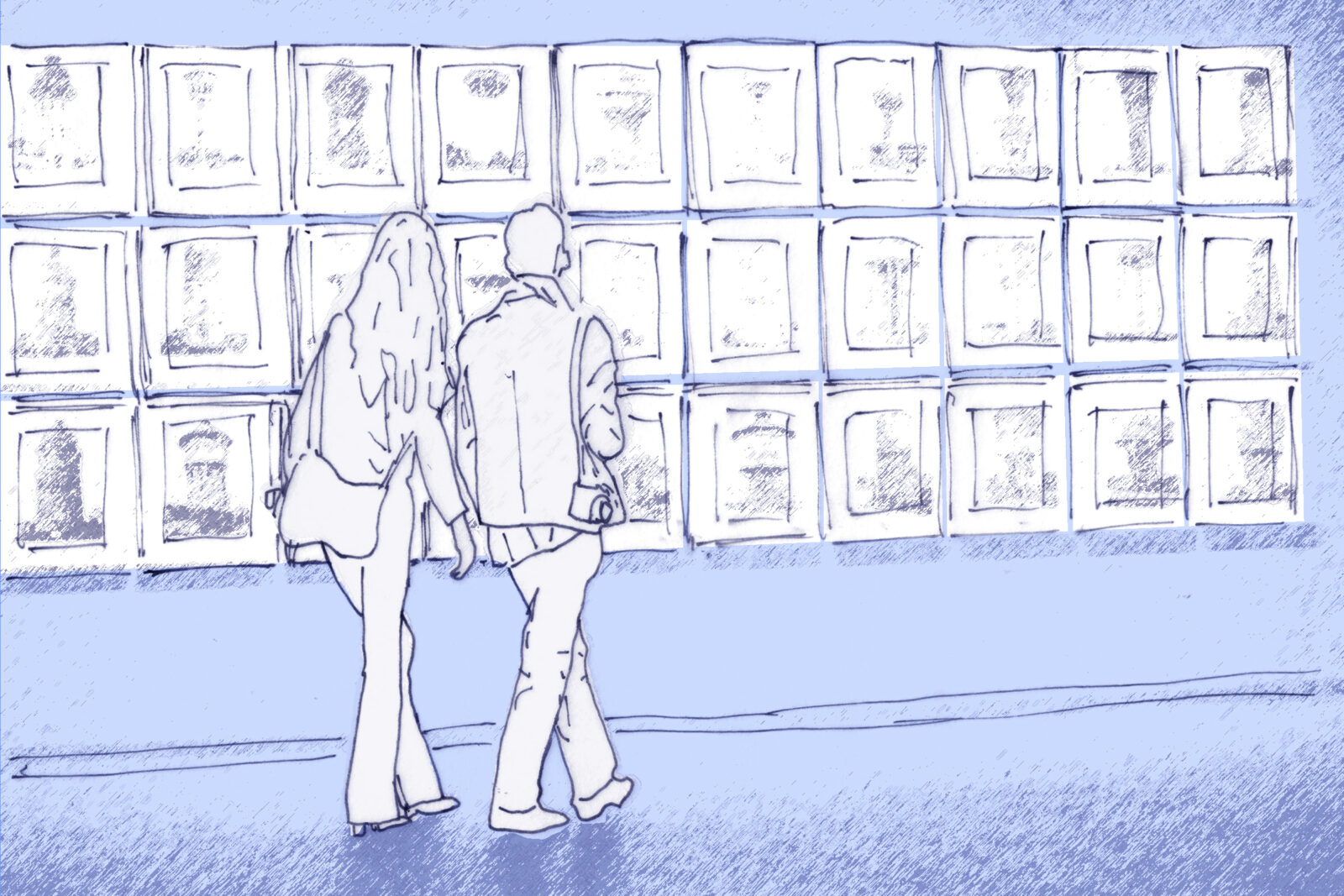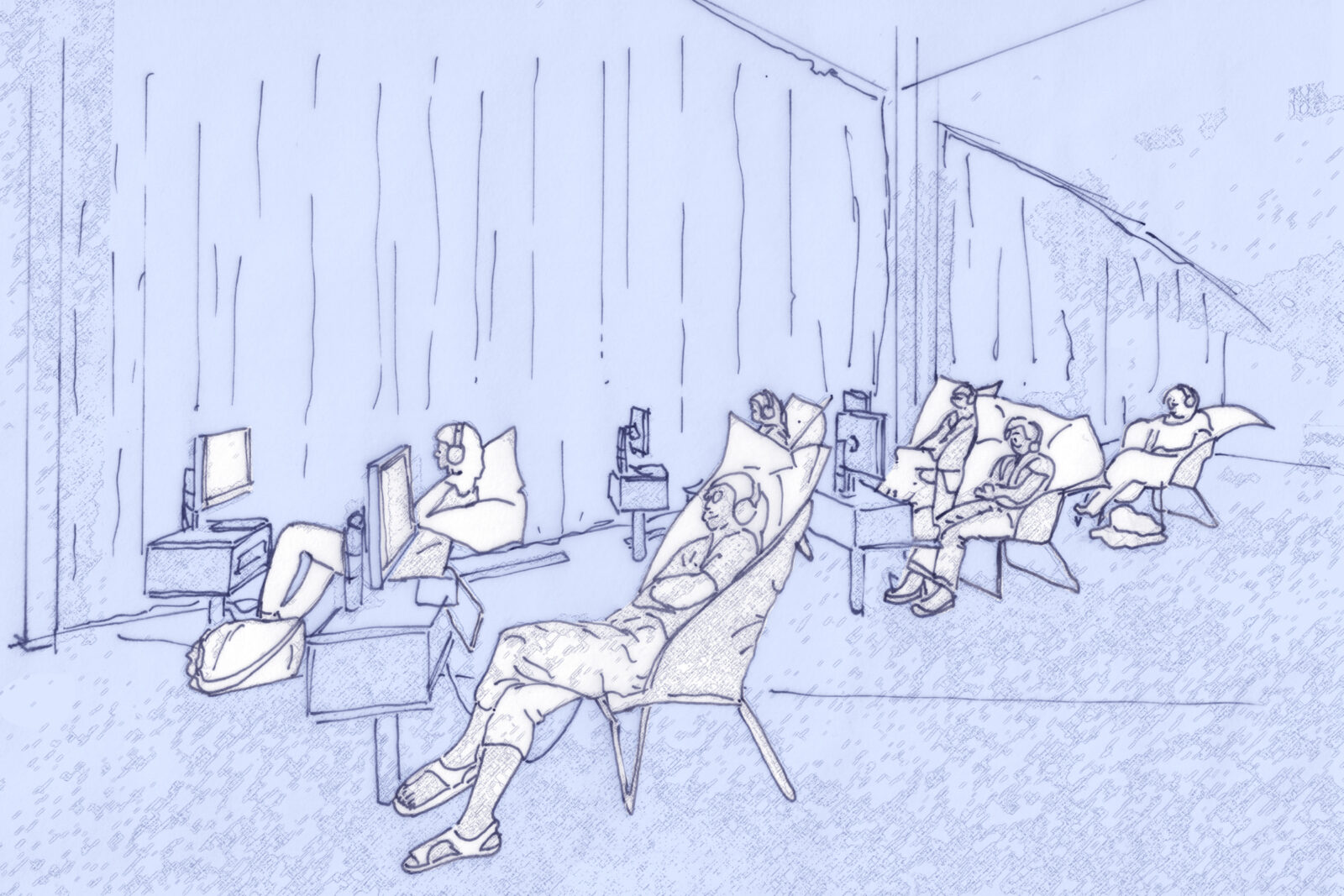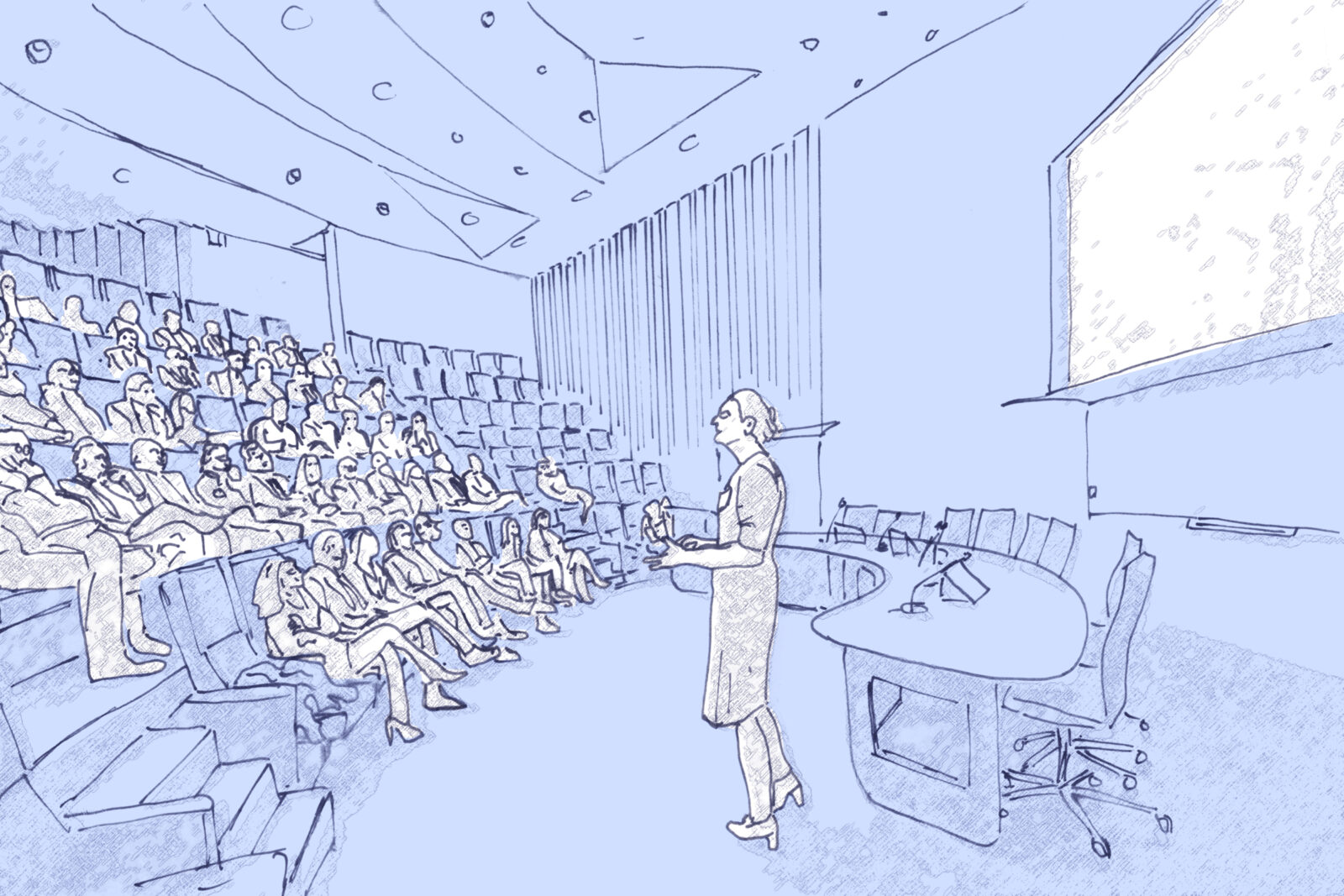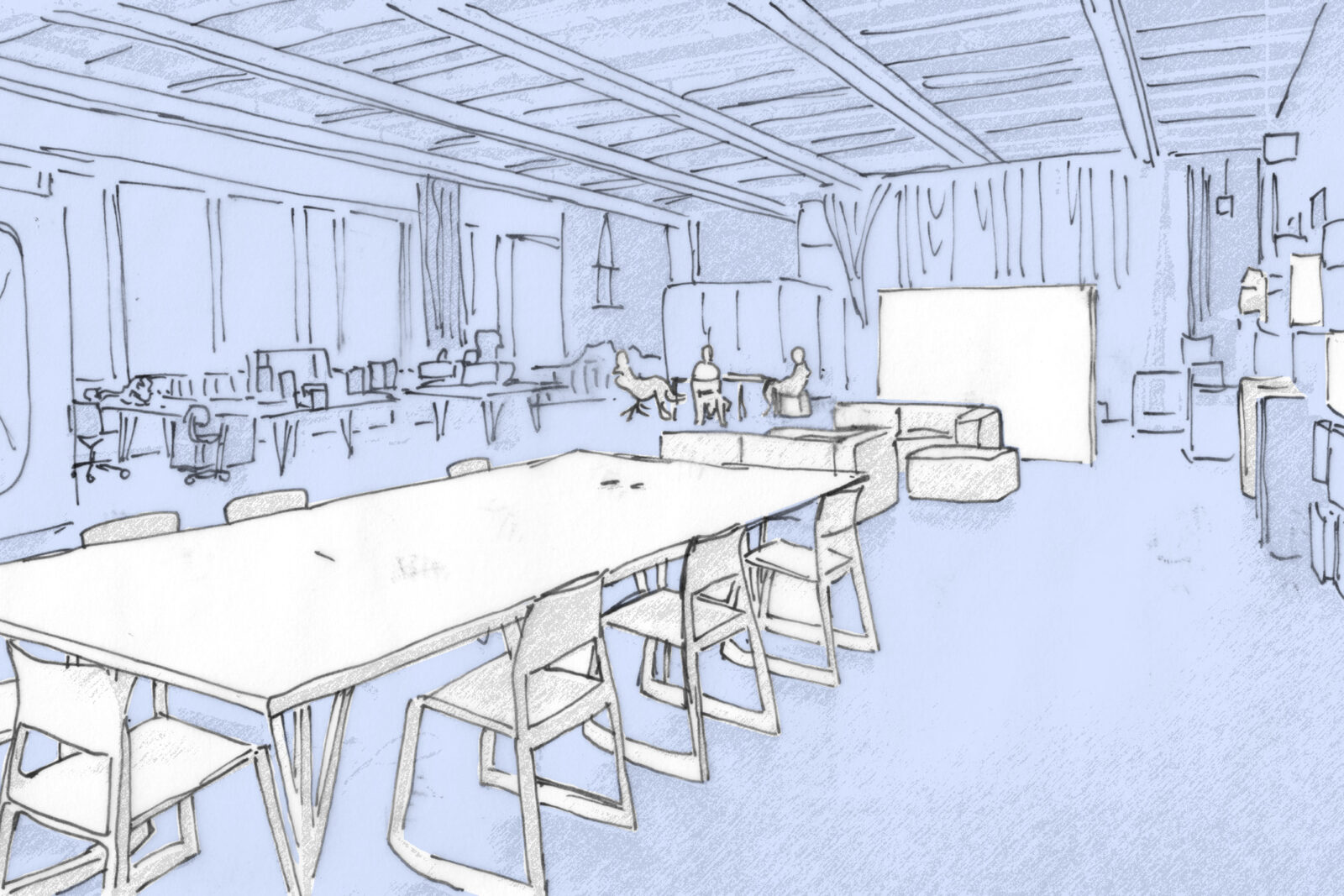State Archive Basel-Stadt will be relocated in a new building in 2028. A spatial dramaturgy and design concepts had to be developed for this complex architectural development. The project focussed on process coaching of conceptual, spatial and strategic questions by anticipating future use practices.
Spatial design scenarios for the reading room and library, the archive window and the building plans archive were developed.
In the run-up to the new place a renewed perception on the state archive and its identity emerged. This transformation sparked various further developments such as a general strategy review, a redesign of the services and digital access points to the archives.

The State Archive Basel-Stadt is a subdivision of the Department of Culture in the Presidential Department of the city Canton Basel-Stadt. Since 1899, it has been at its present location in the heart of Basel in a historical building ensemble that also houses the Cantonal Council. N1 Around 25 employees take care of the implementation of the mandate stipulated in the Archives Act for safeguarding, indexing and communication. Beyond the records of the public administration the archive hosts a building plans archive, over 1200 private archives and an extensive picture collection. Alltogether the archive comprises 20 kilometres of archive material.
Relocation into a new building
In 2028 the State Archive Basel-Stadt will leave its current building, a historical monument, and will be relocated into a new building in the St. Johanns Quarter outside the city centre. The archive will share the new place with the Natural History Museum Basel that also gets new facilities.
The archive has been struggling with spatial deficiencies: storages are full and spread all over the city, which requires costly multi-site operations. More space with appropriate climatological conditions is needed to ensure the preservation of existing and future archival assets. In the new building the state archive can offer its services in a contemporary manner.
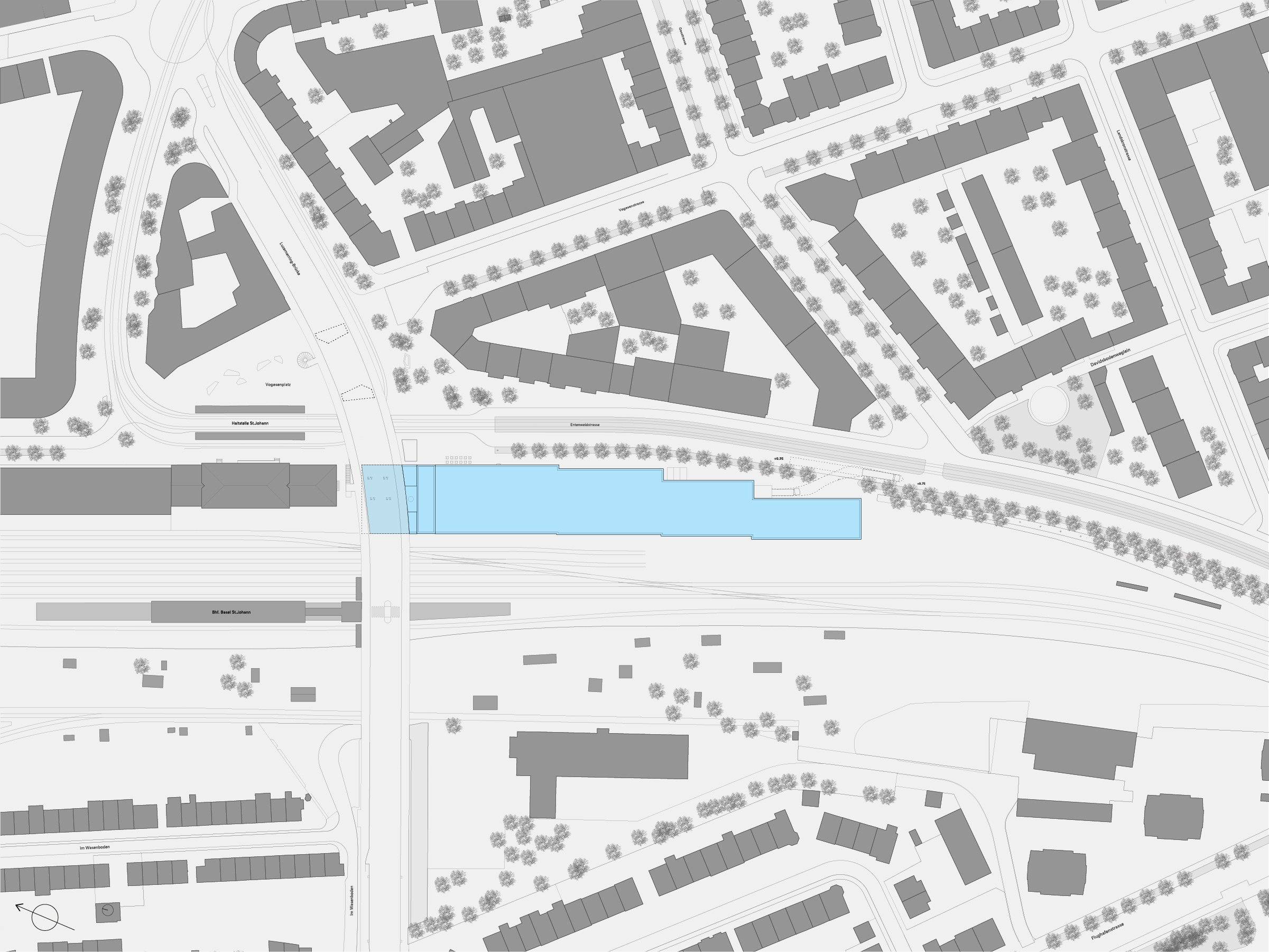

Mixed use architecture
The new building, designed by EM2N, N2 will be inhabited together with the Natural History Museum Basel. The architecture with a brick stone facade will be about 400 meters long, will have four basements for archives, exhibition spaces and storages. The main volume will be five floors high and is flanked with a tower of ten levels. The total building costs will be approximately 227 million CHF.
The mixed use spatial program will unleash new potentials and synergies for both institutions to deliver onsite services by using shared flexible spaces.
More about the building project
Webcam building site
Placemaking and identity
When moving to the future location the new place will generate a renewed self-understanding of state archive. The building will become a unique information and knowledge repository that combines natural and cultural knowledge.
Transformation of the archive
The archive, once operating as a rather ‘invisible’ administrative institution with modest communication modes, will undergo a striking shift of the public perception and transforms towards a user-oriented organisation. This transformation includes the rethinking of the organisation strategy, designing online and offline services as well as public programs and communication.
Spatial organisation
The various functions of the state archive will be situated in different parts of the building. The archive magazines will be mainly invisible, under street level and only accessible for staff. Visitors will enter the future archive through a large foyer on street level. Users of the archive reach the reading room and library by taking a direct lift or stairs to the 5th floor. Also, the back offices are projected on this top floor.
Visitors will access the building plans archive and the archive window, a newly planned spatial and multimedia presentation space, on ground level.
A central question was how relations between the various functions and projected spaces could be established to yield qualitative experiences for users. In particular the spatial and visual connection between the street and the archive window has been considered.
Besides designing the publicly accessible spaces, the back offices were defined by the operational requirements. Managing precarious and unique archival assets in different media formats generate complex analogue and digital procedures.
Reading room and library
The current state archive has been built on the ideas of 120 years ago. The archive used the given circumstances of the old building as best as it possibly could and had to improvise on multiple points. In the new building the reading room, library and building plans archive will be designed according to present-day needs.
Reading room use scenarios
The reading room and library contain several compartilized zones with multifunctional spaces. The reception desk functions as the central node of the reading room and is used for visitor registration, inquiries, consultation and for the ordering of archive materials.
There is an open area in which users have free access to the library and repositories with documentation material, such as registers and finding aids to search in the archives. Users can study archive dossiers individually and in group workspaces.
In the closed area consultation rooms, a transfer back office for loans and returned archival assets is foreseen. Here, users can view delicate archival assets under supervision.
Logistics and functional comfort
Special attention was laid on aspects such as silent workspaces, acoustics, privacy protected workplaces and recreational rooms. Furthermore the traffic of visitors and staff has been separated to effect efficient logistics. Since visitors spend long hours researching files, the reading room will be furnished with high quality materials to offer user comfort. High demands are required on room climate, light conditions, lighting and ergonomic furniture.
Archive window
The archive window on ground level will give the state archive an appropriate contemporary space for multimedia presentations and public activities. The archive window will function as a visible connection between the outside and the inside of the archive of which large parts won’t be noticeable from the street.
The archive window will become a place for spending time, meeting up, for reading and hearing, for looking and experiencing archive material and historical information.
Archive window use scenarios
In a first conceptual contextualisation the project team explored how the archive window could look like and how it could function as a multifunctional platform. Various approaches to public repositories, open depots and best practice examples from international archives, museums and libraries were evaluated. Simultaneously the needs of users and the possibilities of the future services and public programs such as lectures, workshops, exhibitions and guided tours have been investigated.
After defining the requirements and fusing these with the given architectural design of the building concepts and spatial scenarios were prototyped and integrated into the architectural design.
Building plans archive
Next to the archive window, the building plans archive will also be situated on ground floor, because it is frequently visited. Important for the design of this department were the internal logistics between the different spaces as well as the special building plans elevator leading to the reading room.
The spatial concepts represented on this website were developed for the state archive independently from the architecture office EM2N.
- Commissioner
State Archive Canton of Basel-Stadt
- Location
Basel-Stadt
- Year
- 2016
- Project type
- Analysis, Consultancy, Preliminary project, Spatial concept, Use scenarios
- Field
- Archive, Public sector
- Status
- Currently implemented
- Project team
Esther Baur, Lambert Kansy (StABS), Evert Ypma



